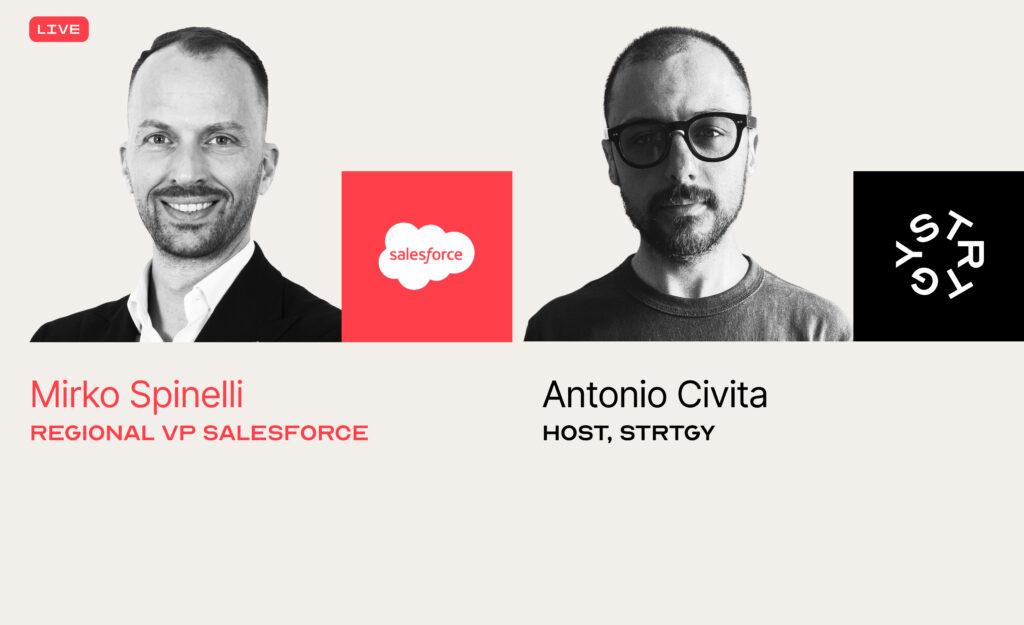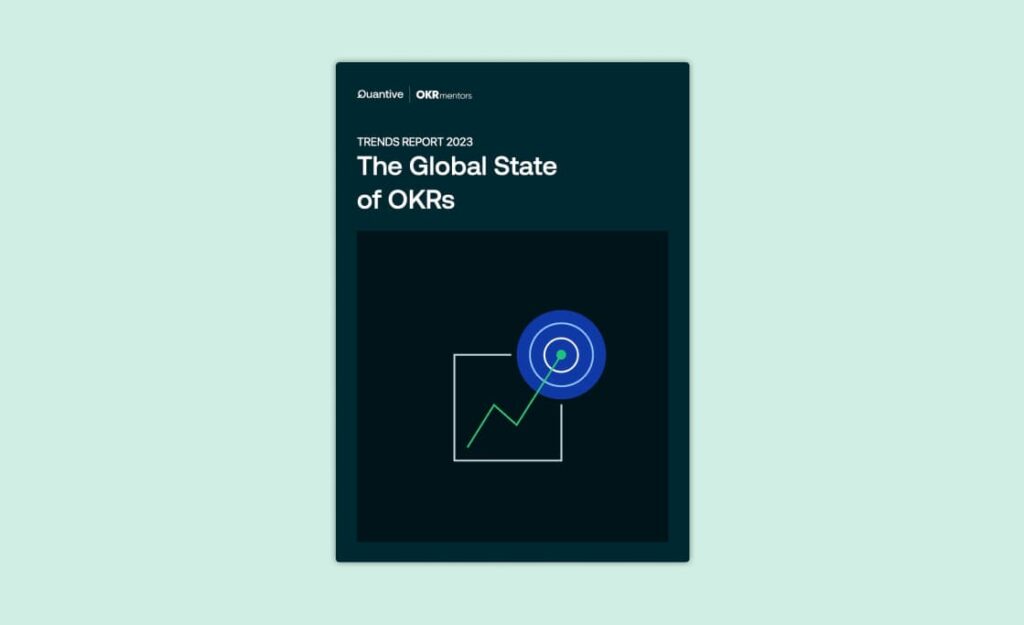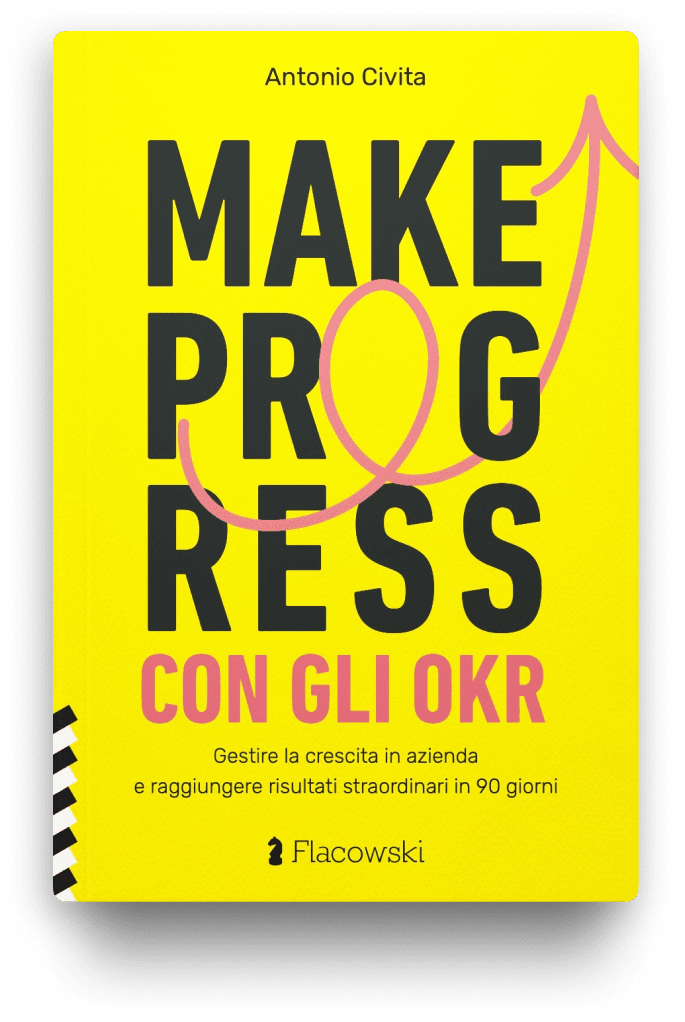Last April 19, Greg Peters, co-CEO of Netflix went on TV to explain why they will stop reporting data on subscriber growth.
A significant shift in business performance reporting, shifting the focus from subscription figures alone to more complex metrics that better reflect user value and engagement.
Change is the norm

Not changing is an anomaly, not a virtue. Species that do not change succumb, while those that change evolve and survive. They do it because it is so written in their DNA.
Netflix represents a remarkable example of evolutionary capacity, and this episode probably marks a new phase in their development. Netflix has moved from VHS subscription distribution, with all the logistics management, to streaming, anticipating the changing behavior of its customers and positioning itself ahead of the curve.
In strategic terms, this is defined as a first mover position, which has enabled them to gain a competitive advantage based on knowledge of the customer acquisition mechanisms and technology needed to dominate their industry.
How Netflix measures success
Every change challenges what really matters.
Netflix’s North Star
Netflix’s shift from subscription-only measurement to more engagement- and profit-driven metrics reflects a fundamental strategic shift for the company. As discussed in this Medium article, the north star metric, which was initially the number of DVDs rented, has morphed into the time spent by subscribers watching streaming content.
Engagement Optimization
The decision to focus on “time spent streaming” as the main indicator of success aligns with Netflix’s growing emphasis on quality user experience and optimizing engagement. This paradigm shift is evidenced in Netflix’s approach to measuring engagement, where viewing time becomes a symbol of deep user engagement.
Product Strategy and Technological Innovation
With the introduction of new features such as ad-supported subscription plans and the addition of extra members, Netflix has demonstrated a significant evolution in its business model. As discussed in this study, the company no longer simply measures success through subscriber growth but through diversifying its offerings and increasing revenues.
A New Measurement of Success
Netflix’s business and monetization model is changing. The once simpler streaming subscription service also had metrics that were easier to understand and activate, such as the number of subscribers multiplied by the months they pay for the subscription, minus acquisition costs. To make money, Netflix must keep users on the platform for as long as possible, ensuring high-quality content.
A good NSM must have these characteristics:
- It must be measurable. Netflix can automate the collection of this metric and examine it for various periods, such as streaming hours per day, per week, or per month.
- It must be directly related to success. More people watching more often leads to more subscribers and a better spread of advertising revenue.
- Must support analysis. Netflix can apply this metric to smaller segments to discover the success of its shows by looking at total streaming hours per program or binge-watching behavior.
In the past, subscriber growth was a key indicator of Netflix’s future potential. Instead, today it needs to develop new sources of revenue such as advertising and additional features for subscribers, so that simply increasing the number of subscribers is no longer an accurate measure of success.
As the CEO himself says, watching time, is “less and less accurate for capturing the state of the business.”

It’s not all that simple!
When you think about the business model of a company as complex as Netflix, you can’t make everything simple. Within such a large dimension, glitches can lurk in the model that do not allow this growth as to say … mathematical.
If it were that simple, all that would be needed would be to disproportionately increase the amount of time spent on content, even investing in retention to keep users even more glued to the screen. However, as revealed by this very interesting conversation on Hacker News, it seems that this is not quite the case.
For Netflix, two users with equal viewing time have different value. It would be much more costly for them to consume all this time without interruption because it is linked to paying royalties for viewing content as well as bandwidth and computational power costs.
While the same viewing time consumed during the week helps Netflix keep costs low. Thus, Netflix has wondered whether it can find an advantage in fragmenting the experience and even serving advertising content at the same time instead of content on which it pays royalties.
This is the same concept as social networks, where the time spent on the platform is used to serve both content that is interesting to users and serve content needed to support the business model such as advertising. In these cases we unfortunately notice the degradation of the experience on platforms such as Meta or TikTok, where every two or three pieces of content there are ads that interrupt the experience. Over time, new models emerge that favor organic content to the limit of the business model, gradually introducing alternative ways of monetization, and history repeats itself.
One is no longer worth one
“We have evolved and will continue to evolve by developing our revenue model and adding elements such as advertising and extra member features that are not directly related to the number of members. Each new member has a different economic impact, making the simple historical calculation (number of members x monthly price) less and less accurate in describing the health of the business.”
From these words of Greg Peters, it is clear that the creation of value for the user, and especially for the company, is no longer related only to video viewing, but also to other forms of services such as video games. Measuring the time of use of the platform would be like comparing apples with pears because for Netflix, the costs associated with using a video game rather than viewing a movie are completely different, and hence the profits. Not to mention the different pricing by geography.
Since we can no longer treat users in the same way, the metrics also change. There will be users who are strong adopters, who will use all the features of the platform and generate so much value, while others will use only a small portion to pay back the acquisition costs.
What matters now
- Global revenues
- Operating margin
- Net income
- Earnings per share
- Cash flow
Last quarter, Netflix added 9.3 million paying users to its customer base. However, it will stop reporting this as it no longer reflects the current business model. This news was not well received by the market, in fact the stock lost about 10 percent of its value after the announcement. The number of registered users was an easy signal for investors to interpret and indicated good chances of return.

As we have seen in previous paragraphs, the financial results are not related to these 9.3 million paying users, more than double the 4 million predicted by analysts. Thus, there is no longer any connection between subscriptions and economics. A powerful shift in strategy can be seen in this announcement: Netflix has stopped growing at all costs and is redesigning its interactions with its users.
After years of spending, Netflix is now consistently profitable. However, they need to maintain this trend with a new set of financial metrics that are less interesting from a strategic standpoint but more from a financial standpoint.
This is probably also a communication strategy. There seems to be an unwritten rule in the marketplace: lack of information on product metrics corresponds to high valuation. For example, Google/Alphabet data are never accurate. Time will tell.
What is the new NSM?
From the CEO’s words, it is not clear what the new North Star Metric might be.
For Product Led companies of this size, it is common to see that over time the product evolve, and there will likely be different metrics depending on the different use case: the entertainment and movie team, the TV series team, the video game team, and new services.
This will require more coordination efforts. The product is always the obvious manifestation of the strategy. Understanding how it will evolve will provide insight into which metrics they are optimizing for.
Frequently Asked Questions
What is the function of the North Star Metric?
NSM is the indicator that best represents the core value a company offers to its customers and becomes the only metric that enables us to understand the quality of strategic execution and predict future economic performance. It is such an important metric that it is the first one to look at when considering whether or not the strategy is working and whether teams are influencing it properly.
Check out this response in the Turin Q&A to elaborate. How do I know that the strategy I designed works?
How do you choose an effective North Star Metric?
Choosing an effective NSM depends on a deep understanding of the value the product or service offers, directly linking this metric to customer success and satisfaction.
To choose NSM correctly, you need to understand your business model very deeply. In my book “MAKE PROGRESS with OKR,” I devote a chapter and a specific workshop to identifying this metric within two main organizational models: sales driven organizations and product led organizations.
These two organizational models have profoundly different number structures, so the first decision you must make is to reconnect your business model to one or the other organizational model. If you are a Sales Driven Organization, it is important to look at sales units; if you are a Product Led Organization, then it is important to look at interactions with your users.
I urge you to read these articles I wrote a short time ago for precise guidance on how to define your North Star Metric, or to purchase MAKE PROGRESS with OKR and dedicate yourself in performing the exercises I recommend.
Participate in Practical and Intensive Workshops and work with the STRTGY team.
The Growth Machine Workshop
The North Star Metric Workshop
What benefits come from adopting a North Star Metric?
Several benefits result from the adoption of North Star Metric, but the two most important are as follows.
The first benefit is the alignment of execution with strategy. NSM allows anyone to make effective decisions, because if the decision has an impact on this metric, then it is a good decision. In this way, it is possible to understand how to properly invest the resources, time, budget and talent, of all teams involved in the right direction.
The second benefit, a consequence of the first, concerns changing people’s behaviors in the most effective way for maximum performance in executing the business model. Because chasing the NSM changes the way decisions are made, this issue affects behaviors in profound ways.
I invite you to watch this video in which I show how changing just one parameter in the calculation of this metric can dramatically change the rules of business execution.
How often does the North Star Metric change?
Growth mechanics and the North Star Metric are two interconnected and rather stable strategic tools of any business strategy. Investing time and resources to define them precisely is a good long-term investment.
There are cases where the strategy lasts for the life of the company, but as innovation and competitors increase, pivots become more frequent and the numbers to control strategic execution change.
This reveals the importance of adopting agile tools to manage strategy, which allow for accelerated execution, measurement, validation and frequent questioning to intercept market developments before it is too late. We developed MAKE PROGRESS as a suite of tools to achieve this outcome by giving people back control of the strategy.
Other readings worth your time
Mind the Product offers a detailed guide to North Star Metrics.
Insights on how to use these metrics can be found on Amplitude.
For practical examples of how to optimize North Star Metrics, see the work done by Mixpanel.
Watch this training on how to combine OKR and Growth thanks to North Star Metric.







